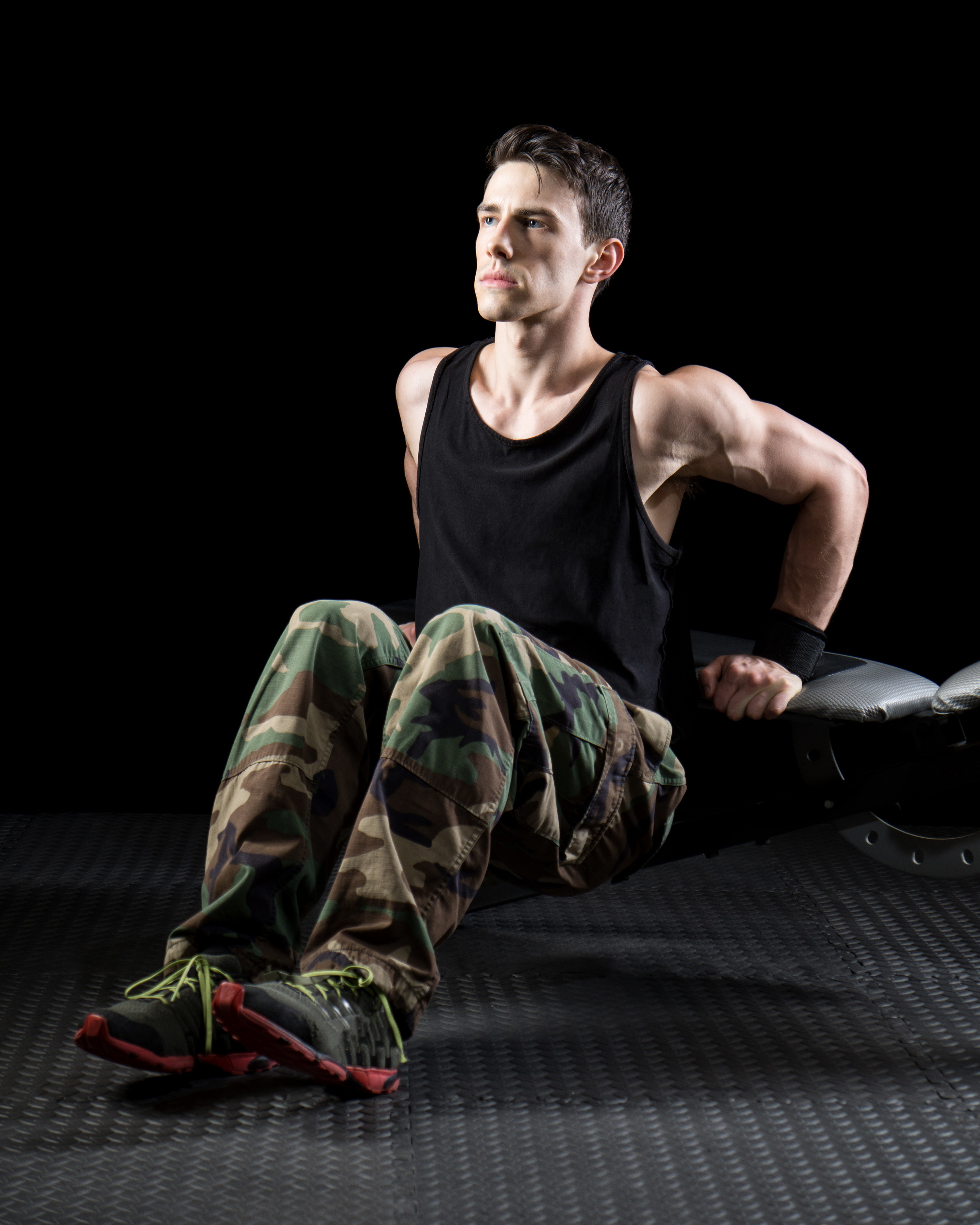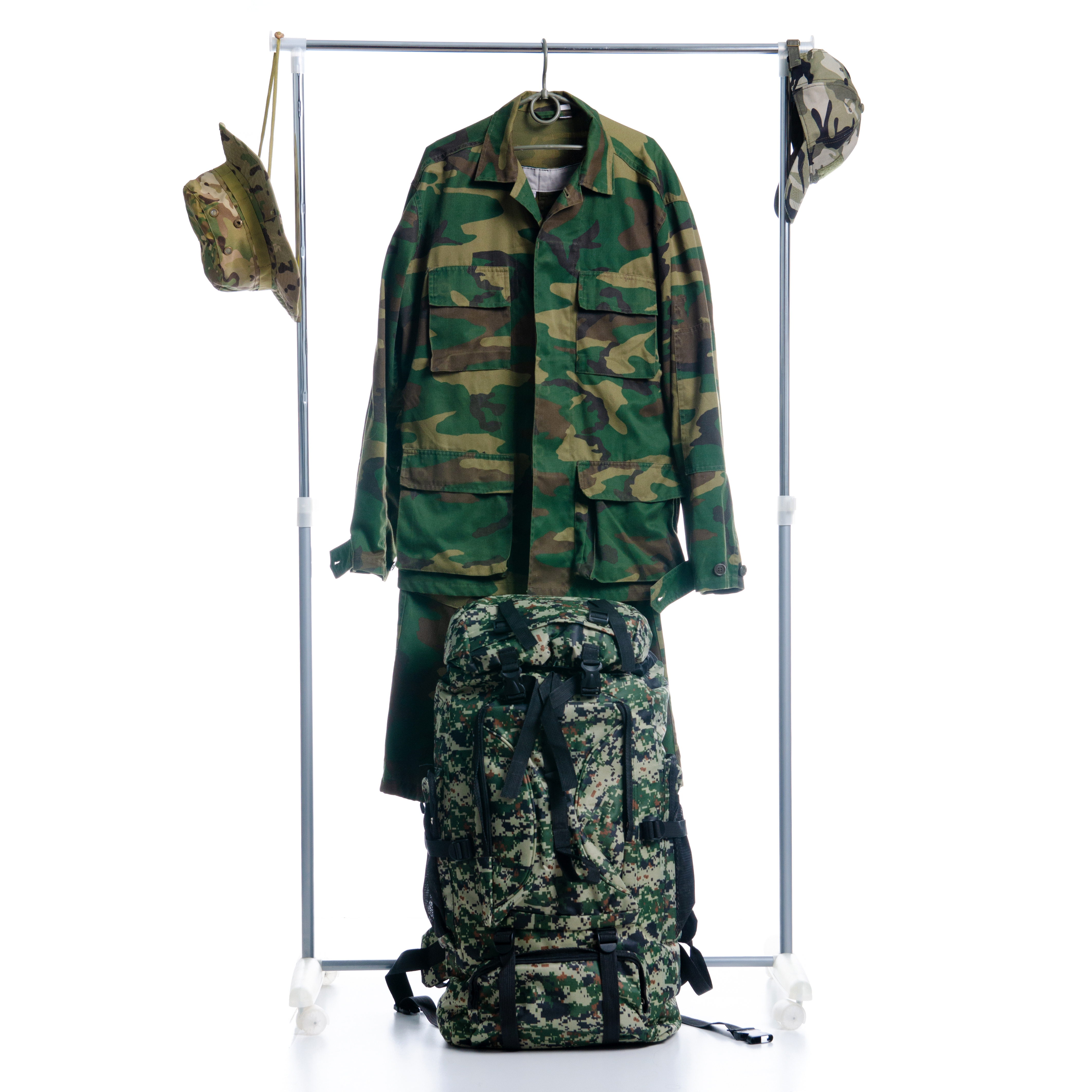
Military uniforms include many separate parts, including a jacket, pants, a belt, cap, and pair of boots. Soldiers must wear this uniform when they are on-duty, but what are the rules when it comes to civilians?
Civilians cannot wear military pants because they are distinctive parts of the U.S. military uniform, according to the terms of the U.S. general uniform regulations and The Stolen Valor Act. In addition, military uniforms and casual clothing should not be combined, regardless of military service.
The pants of military uniforms are appealing to some people, but civilians should not wear them. For more information about The Stolen Valor Act, as well as uniform rules that both soldiers and civilians must follow, read below.
Uniform Regulations And The Stolen Valor Act
Just like all militaries, the armed forces of the U.S. have several rules and regulations that determine the use of military uniforms (and their individual elements).
All branches of the U.S. military have forbidden any civilians from wearing distinctive pieces of a military uniform, which include the jacket, pants, and cap. This rule extends to look-alike outfits as well. Basically, anything that closely resembles any U.S. military uniform should not be worn by civilians.
The Stolen Valor Act includes similar regulations, but it extends to items such as medals, decorations, and other awards that are given to U.S. soldiers who have served honorably.
Under penalty of law, unauthorized civilians are not allowed to manufacture, wear, or claim these medals as their own. This act is considered to be a misdemeanor and doing so can result in 6-12 months in prison, depending on the severity of the infraction.
Those who have served and been dishonorably discharged may face even harsher consequences for breaking these rules.
To sum it up, civilians are not supposed to claim any connection to the U.S. military if they have never served, and that includes wearing uniforms, medals, or other unearned symbols of that service.
These rules help everyone distinguish between soldiers and civilians, as well as maintain a level of respect for uniforms and what they stand for.
Uniform Rules For Civilians

When it comes to U.S. military uniforms, the best rule of thumb for civilians is: stay on the safe side. Don’t tempt fate and see how close you can get to mimicking a uniform. These rules may not be enforced everywhere, but refraining from wearing military gear shows a certain level of respect for the military and the country.
At the end of the day, civilians cannot wear any distinctive parts of a U.S. military uniform. This includes the jacket, pants, cap, and any identifying accessories, such as patches or medals.
However, civilians can wear items that would not be immediately recognizable as part of a military uniform. This includes socks, boots, undershirts, belts, gloves, etc. If you could see yourself finding this piece of clothing at a general clothing store and not a military barrack, it’s probably safe to wear.
The only exception to the uniform rule is if civilians are part of a stage production or movie that includes military uniforms. In this case, a replica may be worn while filming, but it should not be used or worn outside of the production.
Also, The Stolen Valor Act prevents civilians from making, wearing, and claiming military medals they didn’t rightfully earn. However, the trade and sale of military medals is a common practice, and many people like to collect and display medals within their private homes. At long as the sale is legal and the medals are not worn in public, this practice is acceptable.
It is always illegal to buy a Medal of Honor, however, so never trust a seller who is offering one of those.
Uniform Rules For Soldiers

Soldiers who are currently-serving are allowed and required to wear their uniforms when they are on-duty. There are a few different varieties of uniforms, but the most common one for day-to-day use is the combat uniform. This includes the jacket and pants with the distinctive camouflage pattern, leather combat boots, and cap.
Combat uniforms are designed for active use on a day-to-day basis, so if you see soldiers training or walking around in public, this is likely to be the uniform they’re wearing.
Soldiers are required to treat their uniforms with respect and are expected to always conduct themselves in a way that would honor the U.S. military when they wear them. This means that soldiers should not wear their uniforms when they attend recreational activities or any event that would bring discredit to themselves and their station.
For example, soldiers are not allowed to wear their uniforms to events that promote partisan ideals (for any extreme). This may include rallies, speeches, parties, or other forms of political, religious, and social protest. They cannot use their uniform (and, by extension, their military rank) to show support to any particular side.
Soldiers should always wear a full uniform when they are on-duty, and they are under the same rules as civilians when it comes to wearing pieces of the uniform when they’re off-duty. Just like civilians, they aren’t allowed to mix uniform pieces with casual clothing and can be reprimanded for doing so.
Non-distinctive pieces can be worn at any time though, and it’s common to see a soldier wearing their boots or undershirt even when they’re off the clock. These pieces still need to be well-cared for and respected though, because they will still be used in combination with a full uniform.
Members of the military (including those who have retired and been honorably discharged) can wear their uniforms during special events and holidays such as military funerals and patriotic parades. Usually, they will wear their formal service uniforms to these occasions, which include a solid-colored jacket, collared shirt, tie, and dress pants.
Soldiers are under the same rules as civilians when it comes to The Stolen Valor Act. They cannot claim medals or awards they didn’t earn and may face harsher consequences than civilians for doing so.